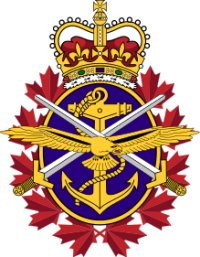TimeGhost
Published on 14 Apr 2018After the War to End All Wars, there’s more of two things. More nations and more wars. Wars of independence, civil wars, ethnic wars, ideological wars and just plain old wars. In the first Prelude to the Between 2 Wars series, covering the years 1919-1939 from WWI to WWII chronologically, we look at the rise of nationalism out of the ruins of The Great War. Indy Neidell and Spartacus take you on a historical journey through 20 years of dawn, light, and dusk back into the darkness of war.
Join the TimeGhost Army on : http://timeghost.tv
Or on Patreon: https://www.patreon.com/TimeGhostHistoryHosted by: Indy Neidell
Written by: Spartacus Olsson & Indy Neidell
Produced by: Astrid Deinhard
Executive Producers: Bodo Rittenauer, Astrid Deinhard, Indy Neidell, Spartacus Olsson
Camera and Edit by: Spartacus OlssonA TimeGhost chronological documentary produced by OnLion Entertainment GmbH
From the comments:
TimeGhost
20 hours ago (edited)PLEASE READ BEFORE YOU COMMENT (AVOIDS REPEATING FEEDBACK): The first episode of Between 2 Wars focuses on what happened after The Great War. Out of respect for those of you that are anxiously waiting for the TGW series finale later this year, we’ve avoided any references to WWI as far as possible. This episode is a prologue to future episodes that go into more detail of the actual events starting in 1919. The episode focuses in broad strokes on the rise of nationalism and the conflict that this creates, as well as the situation in Germany and Russia at the end of 1918. Here some notes on feedback we have already received:
1. We will avoid text and pictures at the same time when Indy speaks in the future.
2. There is an error in the map on the Balkan peninsula, we missed to turn off the country layer for modern Macedonia, this country does not exist at the time as it is part of Serbia, Bulgaria and Greece in 1919. Our apologies. [Iceland is also labelled as “Island”.]
3. Some borders are drawn as the modern countries (e.g. Finland) although this is not correct at the time. This is a conscious decision to avoid an impossible dilemma. As pointed out in the video borders are in a state of flux in 1919, or even more often; just recently created. In cases where there is border contention that is not relevant to the current events of the video we have to choose between the following scenarios: A) Draw the border as one or the other side saw it – leads to controversy that we would like to avoid. B) Draw the contended area in as contended – doing that for one place leads to us having to do that for the rest of the world, we don’t have the capacity for that. C) Accept that we can’t solve this as the basis is not an exact fact base, but political problems that are way out of our program scope. We have tried other solutions, but C was the only one that worked (B would be the right thing to do, but we just can’t afford to invest the time it requires).
4. Some borders are not exactly right even when they are drawn for the events we speak of. This is due to 3. as well, but also because borders shift even within the year we speak of so that it becomes impossible to choose exactly the right line. We try our best to hit the least erroneous approximation, but it won’t always be perfect.




